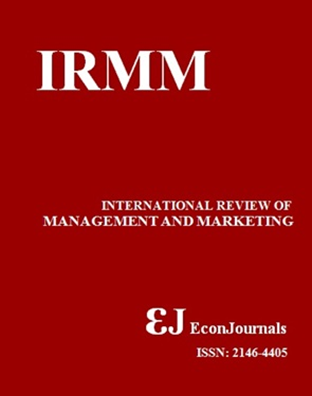Consumer Buying Decision Process in Indian Organized Retail Industry - Characterization of Male and Female Respondents
Abstract
The stages followed in buying decision process vary across the consumer group. The reason for this variation is due to the change in demographic features of the consumers, occupational changes, and knowledge derived through education, disposable income and majorly thinking process differences amongst genders. Broadly consumers can be classified into two large groups, based on gender, male and female. Sensitivity of a few class of consumer, getting attached with the product / brand emotionally due to the influence of the various factors due to the cognitive changes amongst the two gender groups. Many consumers' buy the products which would reflect their self-image. Several internal & external factors influence the consumers of both the groups to act towards the buying process. The reasons may not be visible explicitly but subconsciously there will be lot of behavioural activities which will be going on in the minds of male and female consumers. These changes may be due to the cognitive and affective motives between these two genders. As a marketer, one has to understand these changing motives between the gender groups and plan their marketing / promotion activities in order to attract both the group of consumers. In this paper authors attempt to study and present empirically the characterisation of genders in consumer buying decision process in Indian organised retail industry.Keywords: Organised Retail Industry, Consumer Buying Decision Process, Gender CharacterisationJEL Classifications: D11, L8, M31Downloads
Download data is not yet available.
Downloads
Published
2016-05-27
How to Cite
Nagaraja, R., & Girish, S. (2016). Consumer Buying Decision Process in Indian Organized Retail Industry - Characterization of Male and Female Respondents. International Review of Management and Marketing, 6(4S), 200–204. Retrieved from https://econjournals.com/index.php/irmm/article/view/2488
Issue
Section
Articles




